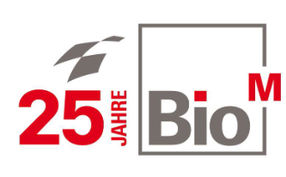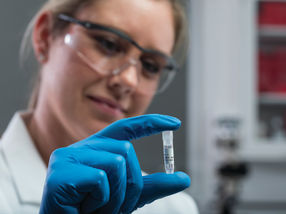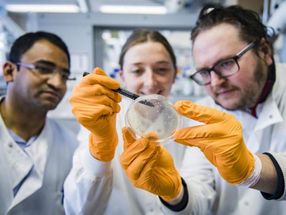PRAC: one year of public health promotion and protection
"In a busy, exciting and productive first year establishing the new pharmacovigilance Risk Assessment Committee (PRAC), the Committee has proactively grasped the opportunities of the new pharmacovigilance legislation to strengthen European drug safety. By involving patients and healthcare professionals in our decision-making, strengthening the science base of risk assessment, and working transparently, we have made great strides towards a new era in protecting public health. We look forward to even greater progress in the year to come,” explains Dr June Raine, Chair of the PRAC.
The PRAC is the Agency’s Committee responsible for assessing and monitoring safety issues for human medicines. It was established under the new pharmacovigilance legislation that came into effect in July 2012 to improve public health promotion and protection by strengthening the EU pharmacovigilance system.
Over its first year of operation, the PRAC has worked to enhance public health protection by proactively monitoring the safety of medicines and making recommendations to manage and minimise their risks from the granting of marketing authorisation and throughout their lifecycle. This included a number of milestone recommendations on the safe and effective use of some widely used medicines, ensuring that doctors and patients have the best information to take appropriate healthcare decisions. Among these were:
- new advice on the use of Diane 35 (cyproterone acetate 2 mg, ethinylestradiol 35 micrograms) and its generics for patients and healthcare professionals, saying that these medicines should be used solely in the treatment of moderate to severe acne related to androgen-sensitivity and/or hirsutism (excessive unwanted growth of hair) in women of reproductive age. The PRAC also recommended that these medicines should not be taken in combination with hormonal contraceptives, because this will expose women to a higher dose of estrogen and increase the risk of thromboembolism.
- restrictions to the use of codeine-containing medicines when given to children for pain relief to reduce the risk of serious side effects such as respiratory depression. The PRAC recommended that these medicines should not be used in children under 12 years. They should also not be used in children and adolescent between ages 12 and 18 following surgical removal of tonsils and adenoids.
- new warnings and a contraindication for the painkiller diclofenac. The PRAC found that the effects of diclofenac on the heart and circulation are similar to those of selective COX-2 inhibitors, another group of painkillers and that therefore the precautions already in place to minimise the risks of blood clots in the arteries with selective COX-2 inhibitors should also be applied to diclofenac.
The PRAC’s full range of work includes pre-authorisation activities, such as the assessment of risk-management plans for medicines under evaluation, as well as post-authorisation activities, such as the evaluation of periodic safety update reports (PSURs) to re-assess the benefit-risk balance of a medicine throughout its lifecycle on the basis of new data collected and the evaluation of safety signals, which ensures that regulatory authorities have the most up-to-date information on a medicine’s benefits and risks. In its first year the PRAC has looked at a total of 92 signals. For 37 of these the evaluation is still ongoing; for another 37 the PRAC recommended updates to the product information of the medicines concerned; 8 signals led to referral procedures; for 3 signals the PRAC recommended continuous monitoring within the PSUR; 7 signals did not require any further regulatory action.
The PRAC also carries out scientific assessments when a European Union (EU) referral procedure is triggered by a Member State or the European Commission to review issues related to the safety or the benefit-risk balance of a medicine or a class of medicines. Since July 2012, the Committee has initiated 21 referral procedures of medicines or classes of medicines to assess safety concerns, and issued 10 recommendations on their safe and effective use.
Involving stakeholders in the safety-monitoring of medicines
The PRAC includes among its members patient and healthcare representatives who participate fully in the discussions and provide their input into the decision-making process. The EU pharmacovigilance legislation has given the Committee additional tools to engage stakeholders in pharmacovigilance.
The PRAC now asks the general public to submit relevant evidence so that their contributions can be considered during the review of medicines. The Committee did so as part of the safety reviews of Diane 35 and tetrazepam, and for other procedures that are currently being concluded.
The next step towards openness and public involvement is opening up the discussion on safety issues, where appropriate, via public hearings — another tool foreseen by the pharmacovigilance legislation.
A big step towards greater transparency
The new pharmacovigilance legislation includes an explicit commitment to openness and transparency in the European medicines safety-monitoring system.
Highlights of the PRAC meetings are published directly after the Committee meets and the detailed minutes of each meeting are published a few weeks later.
For EU-wide safety reviews, the Agency now provides more information than ever before at the beginning of a safety review. The announcement of the start of a procedure, the notification of a referral made by the Member State, the list of questions drawn up by the PRAC to be addressed by the marketing-authorisation holders and the timetable for the procedure are systematically published.

















































